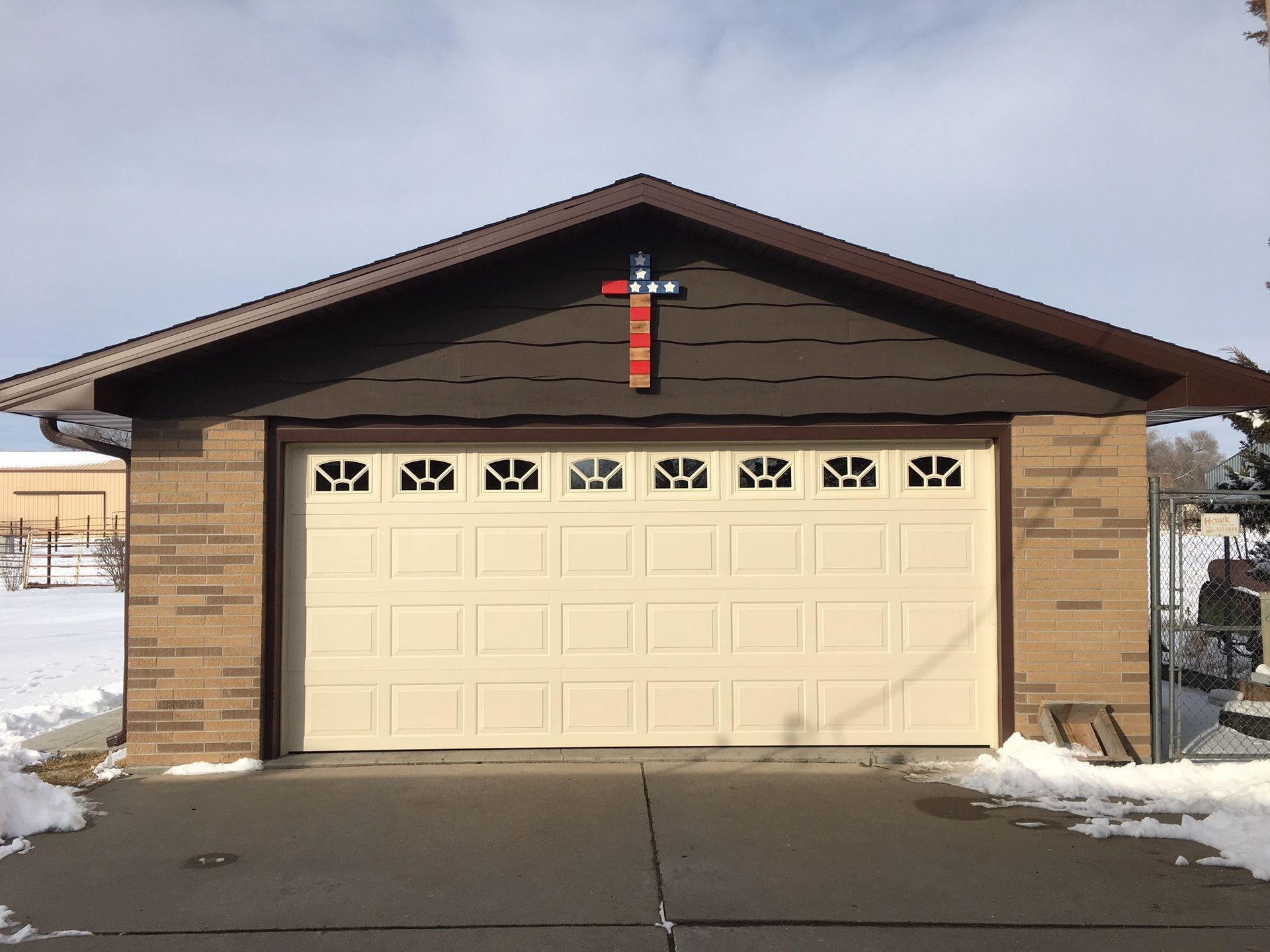The weather can have a huge impact on your roof. Understanding the challenges each season brings can help protect and extend your roof's life. Let’s dive into how weather affects your roof and tips for year-round protection.

How Rain, Snow, and Heat Impact Your Roof
Heavy Rain: Excessive rainfall can lead to leaks, mold growth, and erosion. If your roof isn't properly sealed, water can get in and cause damage.
Snow and Ice Accumulation: Snow buildup can cause your roof to sag or even collapse if left unchecked. Ice dams form when melting snow refreezes at the roof’s edge, blocking drainage and causing leaks.
Heat: High heat can cause shingles to warp or crack. The continual expansion and contraction of roofing materials under intense heat can also cause long-term damage.
Getting Your Roof Ready for Extreme Weather
Preparing your roof for extreme weather is crucial. Here are some steps to help you keep your roof in good condition throughout the year:
- Inspect and clean gutters: Keep your gutters and downspouts clear of leaves and debris to prevent water from backing up during rain or snowmelt.
- Inspect shingles: Examine your shingles and replace any that are damaged or missing to prevent leaks and additional damage.
- Seal cracks: Check for and seal any cracks or gaps in your roof to prevent water intrusion during rain or snow.
- Inspect your insulation: Proper insulation helps maintain energy efficiency and prevents ice dams from forming.
Recommended Inspections and Repairs by Weathercraft
To keep your roof in peak condition, Weathercraft suggests having it inspected twice a year—once in spring and once in fall. We’ll identify weather-related damage and make recommendations for repairs and upgrades to protect your roof from harsh weather.